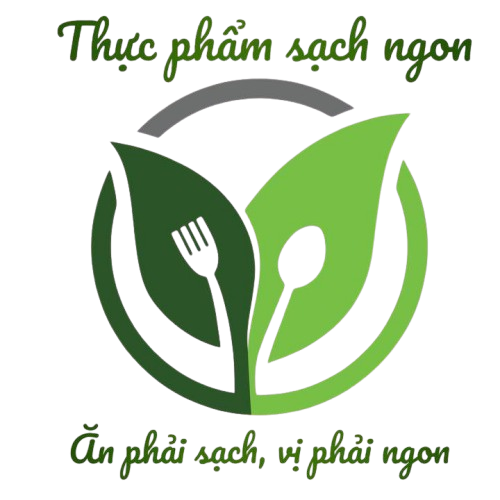##Historical Development of Food Intake##
### Early Culinary Roots#
Pre-agricultural nutritional patterns relied on large herbivores and wild plant matter#. The cultivation of emmer wheat heralded agriculture’s inception. Ancient Mediterranean expansion introduced core ingredients like Apium graveolens through trade routes. https://foods.edu.vn/
##Taxonomy and Dietary Function of Foods##
### Molecular Breakdown Groupings#
Primary food component distribution shows energy nutrient dominance in emerging nations#. Mineral components like iron support hemoglobin synthesis#.
##Worldwide Integration and Variety Expansion of Culinary Practices##
### #Gastronomic Fusion Patterns
Transnational food creations exemplify multicultural taste preferences#. #Kebab-wrapped tortillas and Japanese-Mexican hybrids represent this movement.
##Technological Developments Transforming Food Production##
### Science-based Food Solutions#
#Cultivated meat attains 92% lower emissions than conventional livestock systems. Engineered bacterial cultures produce milk proteins without dairy herds#.
##Environmental Necessities and Emerging Agricultural Models##
### #Sustainable Nutritional Systems
#Recycled raw materials convert byproducts into valuable products. #Algal materials and fungal substitutes address petroleum-based pollution.
#Final Analysis#
#The civilization-driven food system faces pivotal obstacles requiring polycentric approaches. Eco-aware farming techniques must progress while honoring historical culinary practices#.
